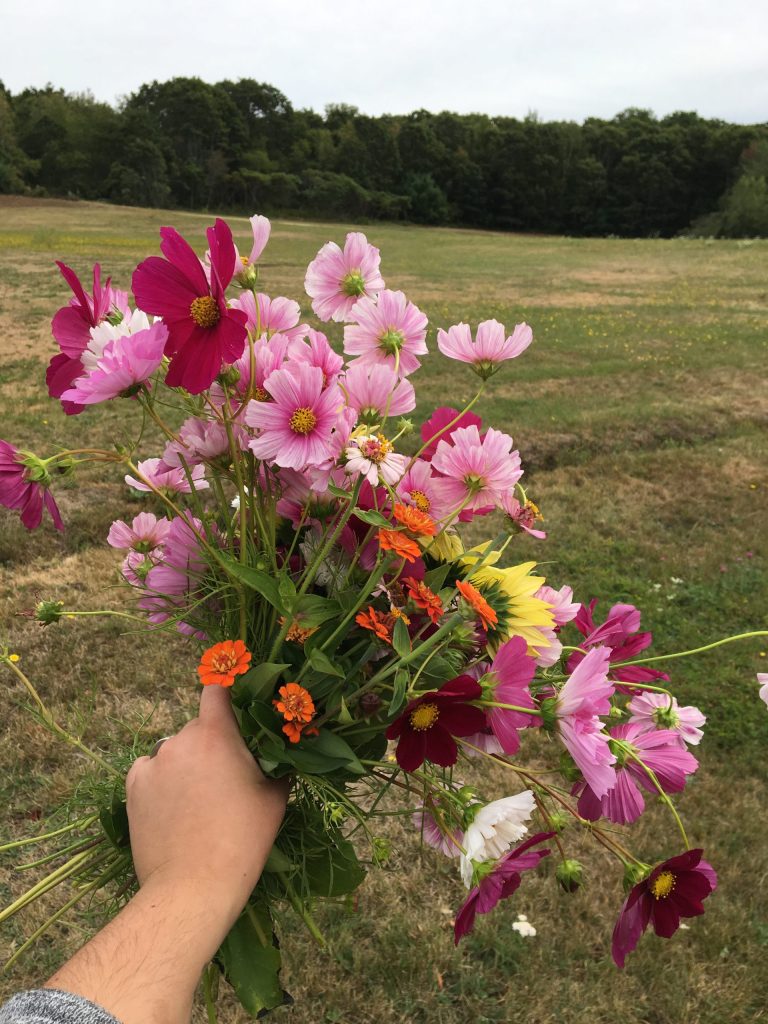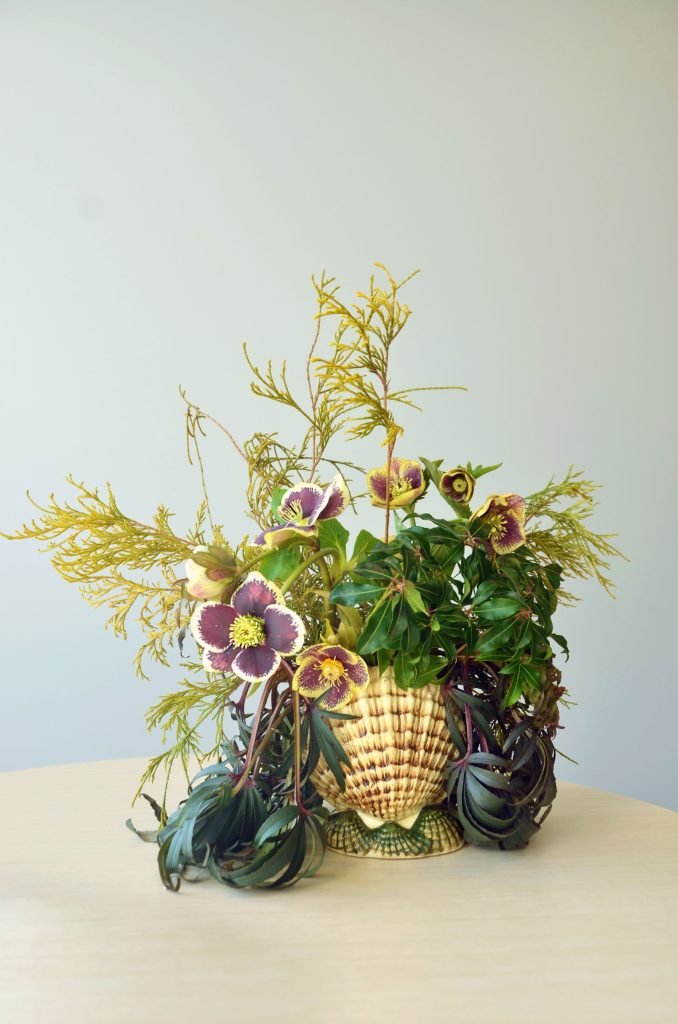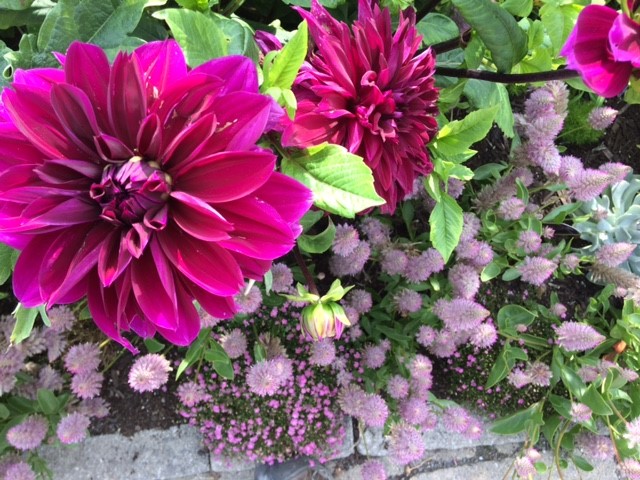Slow Flowers—Grow Your Own Arrangements
It’s no surprise then that many flower growers and consumers have begun to push back. Dubbed “slow flowers,” this growing movement takes into consideration not only where flowers are sourced and grown, but also tries to change the definition of what makes a floral arrangement beautiful. If you’re familiar with the concept of farm-to-table, then you’ll understand. Slow flowers are field-to-arrangement and celebrate an artisanal, anti-mass-market approach to the art that celebrates the seasons and sources as locally as possible.
Flowers for the floral industry are largely grown as crops—heavy on pesticides, ruthless on water supply, and using hormones to grow the most uniform crop that’s easy to harvest and ship. Slow flowers, however, are an entirely different story. On sustainably grown flower farms, growers sow cover crops between each row of flowers, encouraging a variety of birds and pollinators. The diversity of the rows also minimizes problems with pests and diseases.
Likewise, as you might imagine, the philosophy behind slow flower arranging also isn’t about perfection—it’s about bent stems, interesting forms, and unusual textures. It’s the same idea behind what makes a good still life painting intriguing—you’ll see the bud, the open flower, and then maybe a bloom falling into decay. It’s about appreciating what an individual flower looks like, rather than working to achieve market-standard perfection.

One of the easiest ways to get involved is to grow your own arrangements. You get to choose what to plant—and now is the perfect time to peruse some seeds. (Gardenshop has a pretty robust selection!) Not a gardener? Foraging friends’ properties or your own backyard is absolutely an option. These arrangements are about anything that grows—it doesn’t have to have a bloom.
Feeling inspired? Read on (and bookmark!) this advice from our flower-arrangers at the Gardens (or, again, drop by Gardenshop’s webshop and select a few inspiring volumes for your library).
- Designing is like staring at a blank canvas: you need a few criteria before you begin. First, the subject, the why—wedding, birthday, fundraiser, christening, etc.?
- Then the where, the structure—this could be the vessel itself (pail? vase? coffee mug? Mason jar?) and/or the setting—is this for a mantle? A table?
- And then consider color, shape, and texture—what aesthetics are you drawn to? What style? Clean and modern or a big, blowsy arrangement with flowers dripping from it?
- The key is to remember that perfection is not the goal. Remember decay is part of the blooming process and just as beautiful.
- Don’t limit yourself to flowers, or even to what grows in your garden. In the summer, you can have tomatoes or herbs gracing your arrangement. Look for foliage too.
- Use weird things—who says it has to be a flower? It could be a sprig of rosemary—try farmer’s markets for materials. And don’t be afraid to scavenge your back woods or ask friends—if you’re lucky enough have such friends—for permission to wander their wilderness.
- Finally, cut early in the morning or later in the day when the blooms have as much water in them as possible. Also, cut twice as much as you need, then immerse your newly-cut stems in water for at least 24 hours before arranging them.

